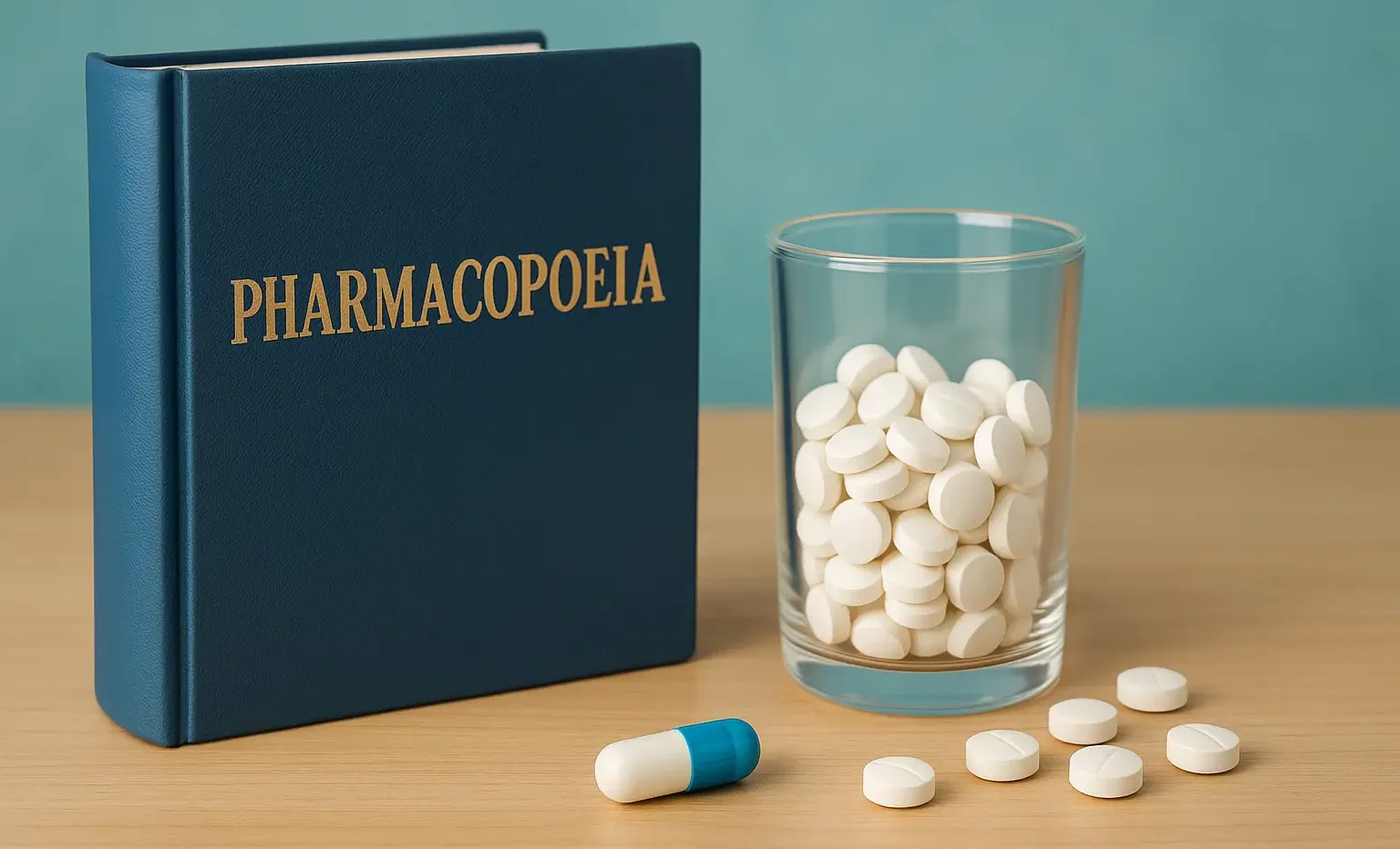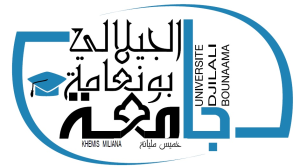DRUG ANALYSIS AND CONTROL
Résumé de section
-
This course for Drug Analysis and Control is designed for second-year Master's students in Pharmaceutical Chemistry, and is also suitable for those in Pharmaceutical Engineering and Pharmacy programs.
The content integrates fundamental chemical principles with their specialized applications to ensure the safety, efficacy, and quality of medicinal products. The knowledge presented in these chapters forms the essential foundation supporting the pharmaceutical industry's commitment to public health. Drawing on several years of teaching experience in this field, this COURSE aims to provide students with comprehensive support to master the essential concepts of pharmaceutical quality control.
This handout has been developed in accordance with the official program curriculum. It guides students from broad regulatory frameworks to the detailed application of analytical techniques for specific drug classes.
The essential context is first established in Chapters I and II, which examine the State System Structure in Quality Control and the rigorous preparation of technical documentation for standards. The core principles of pharmaceutical analysis are systematically presented in Chapter III, detailing specific characteristics, essential criteria, method validation parameters, and the general principles for establishing the authenticity of medicinal substances. Chapter IV discusses the types of technical analysis within a pharmaceutical complex. This theoretical foundation is complemented by the practical aspects covered in Chapter V: Sample Selection, emphasizing that the validity of any sophisticated analysis depends entirely on obtaining representative samples.
A comprehensive examination of modern pharmaceutical quality control methods is provided in Chapters VI through X. Chapter VI discusses sterilization methods for microbiological safety; Chapter VII presents ash analysis for purity assessment; Chapter VIII details physical characterization methods, including melting point and optical rotation determination; Chapter IX covers chemical analysis techniques through titrimetric methods and functional group identification; and Chapter X explores advanced physicochemical instrumentation, including spectral, chromatographic, and electrochemical techniques that form the core of modern quality control laboratories. Subsequent chapters (XI-XIV) apply these methods to specific drug classes, including aliphatic, aromatic, heterocyclic, and alkaloid compounds.
Upon completion of this course, students will be equipped not only to perform these analyses but also to critically evaluate analytical data, develop robust quality control protocols, and contribute to advancements in pharmaceutical sciences.
-

The concept of state system structure in drug quality control refers to the organization and management of quality control processes for drugs. This includes the establishment of protocols and procedures for testing, analysis, and evaluation of drug products to ensure that they meet the required standards for safety, efficacy, and quality. The state system structure may involve the use of various analytical techniques and technologies, such as chromatography, spectroscopy, and microbiological methods, as well as the implementation of quality management systems and regulatory frameworks to monitor and control drug quality throughout the entire supply chain. The ultimate goal of the state system structure in drug quality control is to safeguard public health by ensuring that drugs are safe, effective, and of high quality.
By the end of this chapter, the student will be able to:
· Explore the state system structure in drug quality control
· Examine quality management systems in the pharmaceutical industry
· Understand the role of pharmacopoeias
· Develop knowledge of quality documentation and standards
-

This chapter introduces the fundamental principles of quality control for drugs in pharmacies. It begins by defining key concepts like "quality" and "quality assurance" according to international standards. The chapter then explores the critical frameworks that ensure drug safety and efficacy, including Good Laboratory Practices (GLP) for research and the standards of the European Pharmacopoeia for quality control. Finally, it distinguishes between the roles of Quality Control (QC) and Quality Assurance (QA), highlighting their interconnected responsibilities in guaranteeing that every pharmaceutical product is effective, safe, and reproducible.
-

Pharmaceutical analysis involves the analytical signals treatment and transformation into data concerning the nature and amount of a substance, its chemical structure or spatial location of the sample - important components that require statistical treatment to have any real value. According to pharmacopoeial and GMP requirements, the analytical procedures used for drug quality control must be validated to confirm experimentally that they provide relevant and reliable information about the object of analysis and are suitable for their intended purpose. All quantitative tests, including impurities limit tests, should be validated, as should identification tests if it is necessary to confirm their specificity. The validation of analytical procedures is regulated by various national and international standards (ICH), which evaluate characteristics such as accuracy, precision, specificity, detection limit, quantitation limit, linearity, range, and robustness. Strict adherence to these validation parameters is essential to ensure the reliability and integrity of pharmaceutical analysis, which is critical for product quality, safety, and efficacy.
-
A Pharmaceutical Complex refers to an entire manufacturing plant or a network of facilities involved in producing drugs. "Technical Analysis" encompasses all the scientific testing and monitoring activities that verify every material and step in the process meets strict predefined standards. This is a legal and ethical requirement governed by Good Manufacturing Practices (GMP).
The core principle is: "Quality cannot be tested into a product; it must be built into it." Technical analysis provides the data to prove that quality has been built in at every stage.
-

Sampling comprises the operations designed to select a portion of a pharmaceutical product for a defined purpose. The sampling procedure should be appropriate to the purpose of sampling, to the type of controls intended to be applied to the samples and to the material to be sampled. All operations related to sampling should be performed with care, using proper equipment and tools. Any contamination of the sample by dust or other foreign material is liable to jeopardize the validity of the subsequent analyses.
-

Sterilization is a term referring to any process that eliminates (removes) or kills all forms of microbial life, including transmissible agents (such as fungi, bacteria, viruses, spore forms, etc.) present on a surface, contained in a fluid, in medication, or in a compound such as biological culture media. Sterilization can be achieved by applying heat, chemicals, irradiation, high pressure, or filtration.



 Upon the completion of this chapter, the student will be able to
Upon the completion of this chapter, the student will be able to